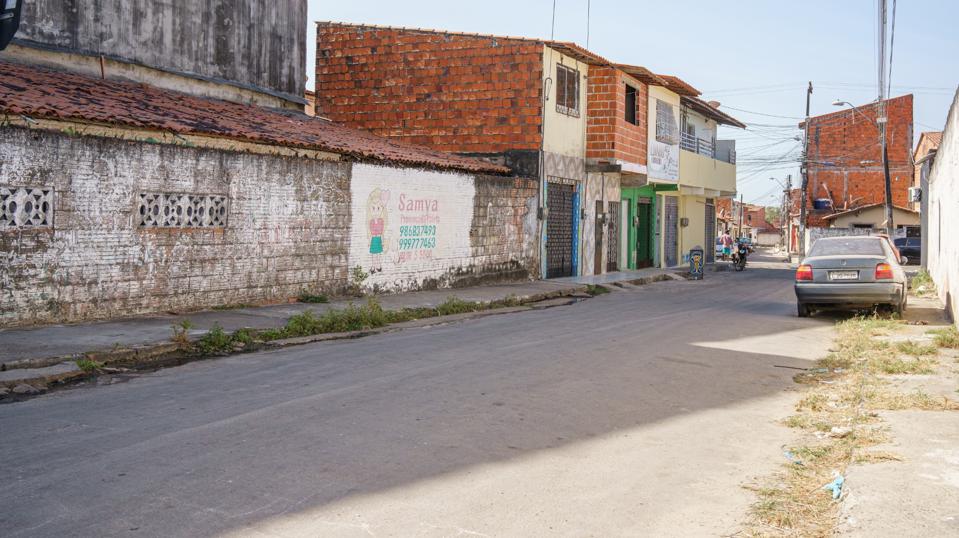Speed is a contributing factor in about a third of motor vehicle deaths in the United States and other high-income countries, and a half in some low-and middle-income countries, according to the World Health Organization. Driving at a higher speed significantly increases the likelihood of a traffic crash occurring and the severity of its consequence. For example, a pedestrian struck at 30 km/h (37 mph) has up to a 90% survival chance; at 60 km/h (about 18-19 mph), the odds of survival drop to about 10%.
A new guide hopes to help communities around the world reduce road deaths and lessen the severity and lifelong impact of serious injuries by integrating street design that results in safer speeds and more livable cities.
“Designing for Safe Speeds” was released earlier this month by the Global Designing Cities Initiative (GDCI) at Road Safety Week in Bogotá, Colombia.
“How we design our streets plays a critical role in how fast vehicles go, who can safely access our roads, how people get around, and influences who lives and who dies,” Skye Duncan, executive director of GDCI, said in a statement. “The street designs, strategies, and tools presented in our guide lay the groundwork to radically rethink how we approach safer speeds while also supporting more livable, enjoyable, and sustainable streets across the world.”
The guide features a range of street designs, policies, and proven strategies based on more than five years of research and 70 reviewers from 30 countries. For example, nearly 90 case studies from six continents – from Hanoi and Kolkata to Budapest and Addis Ababa – explore the work of cities that have successfully transformed their streets to achieve safer speeds through design.
The guide’s “design toolbox” recommends interventions and speed management strategies that include lane width reduction, raised crossings, curb extensions, and protected cycleways that adjust speeds while maintaining flow. The examples featured span a range of locations, including highly trafficked areas, like commercial business corridors, to those around high-priority destinations like schools and hospitals.
Queens Boulevard in New York City, highlighted in the guide, reduced the number of vehicle lanes, widened medians, and added protected bike lanes, pedestrian paths, and streetscape improvements. Shorter crossings and adjusted signal timing were also among the safety measures that help reduce vehicle speeds and areas of conflict. The redesign cut fatalities by 68%, injuries by 35%, pedestrian crashes by 55%, and boosted cycling along the corridor by 45%, according to the guide.
Researchers said that the benefits of designing safer speeds go beyond saving lives, from reducing noise, pollution and congestion to improving health, walkability, and wellbeing.
“Designing for Safe Speeds” is a companion to the Global Designing Cities Initiative’s Global Street Design Guide, released in 2016. Both are funded by the Bloomberg Philanthropies Initiative for Global Road Safety.
“GDCI has been a key partner to Bogota throughout the years, helping us plan, design and implement transformative interventions to reprioritize public spaces,” Claudia Díaz Acosta, secretary of mobility for Bogotá, said in a statement. “With this new guide, cities have a practical toolbox to effectively design streets for safe speeds. This will be game-changing for cities all over the world to save lives.”
For more information and to download the “Designing for Safe Speeds” guide, click here and here.

